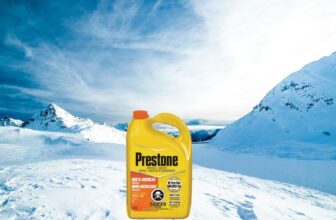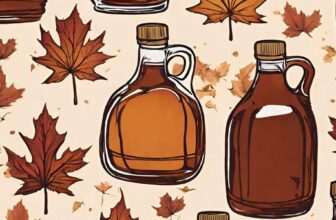
When the conversation is running a little low, I’m sometimes asked how to tackle the age-old problem of pesky fly poop that’s been unceremoniously dumped (pardon the pun) in your abode. This guide will help you say goodbye to unsightly fly poop and hello to poo-free-paint, without damaging the surface. So grab your cleaning supplies, put on your grime-fighting gloves, and let’s get started on giving your walls and ceilings the deep clean they deserve.
In this article:
- Defining your type of paint
- Items you will need
- White vinegar & water method (walls, doors & window frames)
- Eco-friendly dishwashing liquid method (walls, doors & window frames)
- Cleaning fly poop from your ceiling (walls, doors & window frames)
First Off – Cleaning Fly Poop From Painted Surfaces Depends On The Paint Type
Before you start you need to determine the type of paint, otherwise you could be cleaning off more than just fly poop. Whether you have a flat, eggshell, or stain finish, or a shiny semi-gloss or glossy finish, there’s a cleaning method for you. Just remember, the flatter and less shiny the finish, the more delicate it is. So, don’t scrub too hard or wash with too abrasive a cleaner. Instead, use a mix of mild detergent and water. But if you have a shiny semi-gloss or glossy finish, like in the kitchen, don’t worry, it can handle some degreasing cleaners. Just be careful not to scratch it. And if you have a latex paint finish, you’re in luck! You can clean it with warm water mixed with a non-abrasive cleaner. Easy peasy!
You will need the following items depending on the method you use:
- White vinegar
- Clean water
- Spray bottle
- Clean cloth and / or soft sponge
- Microfiber cloth
- Eco-friendly dishwashing liquid
- Mop
Cleaning Fly Poop From Painted Walls, Doors and Window Frames
Method 1
Method 2
Cleaning Fly Poop From Ceilings
Ceiling paint is usually a flat matte finish, which means it can’t really be wiped clean. If you must wipe it, be gentle and try to dab rather than wipe, otherwise you’ll end up with visible patches everywhere and the only way to fix that is to repaint.
A great option is to get a fresh squeeze mop, moisten it with water, or if you want to get fancy, add a little bit of eco dishwashing liquid to the water. Then, wipe the ceiling as if you were using it on the floor with gentle strokes. Do it once a year and you’ll have a spotless ceiling all year round! Don’t forget to take breaks when you need to, as this task can be tough on your neck and shoulders.
Preventive Measures To Keep Flies Away From Painted Surfaces To Minimize Fly Poop Buildup
– Sealing cracks and gaps in walls or windows to prevent fly entry.
– Using screens on windows and doors to keep flies out.
– Regularly emptying and cleaning trash cans to reduce fly attraction.
– Keeping food covered and stored properly to discourage flies.
– Using fly repellents or traps strategically placed away from painted surfaces to attract and trap flies.
FAQs
What does fly poop look like on painted walls and ceilings?
Fly poop, also known as fly specks or frass, typically appears as small, dark spots or smudges on painted surfaces. These spots are usually black or dark brown in color and may resemble tiny dots or marks scattered across the walls or ceilings.
Why is it important to clean fly poop promptly?
Cleaning fly poop promptly is essential as it not only maintains the cleanliness and appearance of your walls and ceilings but also helps prevent potential health hazards. Fly poop can harbor bacteria and pathogens, posing health risks if left unattended, especially if it’s in areas where food is prepared or consumed.
Should I take any precautions or wear protective gear while cleaning fly poop?
It’s advisable to take some precautions while cleaning fly poop. Wearing disposable gloves and a protective mask can prevent direct contact with the feces and minimize the inhalation of airborne particles that may arise during the cleaning process.






